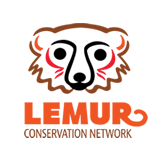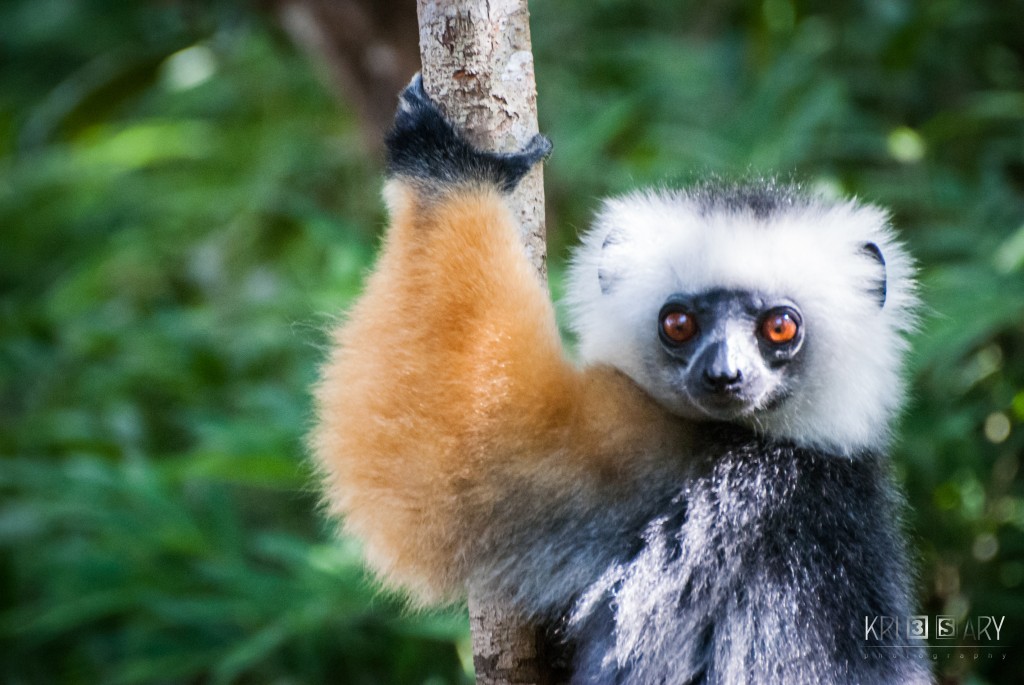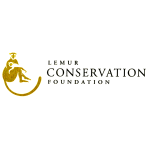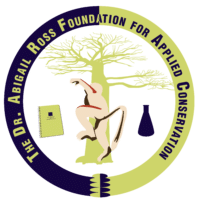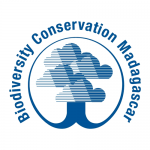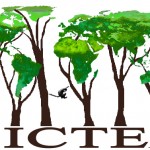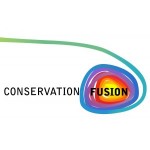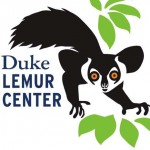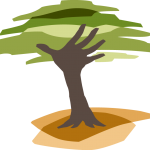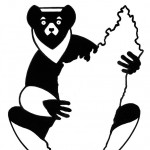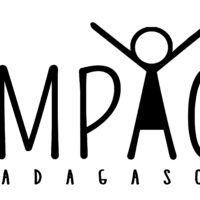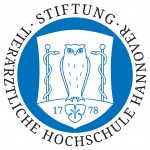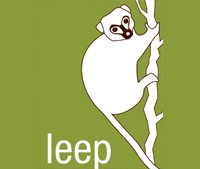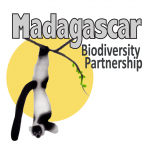Narrow conservation organizations and research groups by lemur species, what they do, and where they work in Madagascar.
- Lemurs they support
- Conservation work
- Community support
- Location
-
Lemur Conservation Foundation
Supporting Member of LCNThe Lemur Conservation Foundation is part of the Species Survival Plan through managed breeding at their reserve in Florida. In Madagascar, they support education programs and a tourist and research camp in Anjanaharibe-Sud Special Reserve, home to silky sifakas and indri.
-
The Dr. Abigail Ross Foundation for Applied Conservation (TDARFAC)
Supporting Member of LCNTDARFAC’s mission is to solve critical conservation problems by cultivating new approaches with innovative techniques and applications through the support of community-led initiatives. We focus on building capacity, amplifying voices, and partnering with local communities.
-
Wildlife Madagascar
Supporting Member of LCNWildlife Madagascar seeks to address Madagascar’s biodiversity crisis by integrating wildlife conservation programs with community development. They conduct scientific studies, provide habitat protection, and partner with local communities in training, resource use, and enterprise to create lasting and sustainable change.
-
Aspinall Foundation
The Aspinall Foundation partners with local communities to implement effective, targeted conservation actions to protect a small number of high priority lemur species and their habitats, including greater bamboo lemurs, black-and-white ruffed lemurs, and indri.
-
Biodiversity Conservation Madagascar
Biodiversity Conservation Madagascar (BCM) is the conservation arm of Bioculture Ltd. They manage two forests on behalf of the Malagasy government through Conservation Leases: a lowland rainforest in Sahafina and the Beanka dry deciduous forest in Maintirano.
-
Centre ValBio & the Institute for the Conservation of Tropical Environments
ICTE and Centre ValBio focus the world’s attention on Madagascar’s lemur crisis through targeted research, conservation, and capacity building. Their research station at the edge of Ranomafana National Park enables long term research and collaboration with the local community.
-
Conservation Fusion
Conservation Fusion conducts education programs with communities in northern (Antsiranana), eastern (Alamazaotra and Kianjavato), and southern Madagascar (Lavavolo).
-
Duke Lemur Center
The Duke Lemur Center (DLC) advances science through interdisciplinary research on lemurs at its living laboratory in North Carolina. The DLC SAVA Conservation project conducts conservation through environmental education, community development, and research in northeast Madagascar.
-
Eden Reforestation Projects
Eden Reforestation Projects has 46 project sites in Madagascar, employing over 3,400 people and planting over 77 million trees. They began with mangrove reforestation in 2007, and grew to include dry deciduous forests in 2012 and highland forests in 2020.
-
German Primate Center
The Behavioral Ecology and Sociobiology Unit has been operating a field station in Kirindy Forest near Morondava since 1993, where they study 8 sympatric lemur species including Propithecus verreauxi and Microcebus berthae.
-
GERP: Groupe d’étude et de recherche sur les primates de Madagascar
With nearly 200 Malagasy members, including scientists and primatologists, GERP works with local communities to conserve lemurs and manages the Maromizaha forest in eastern Madagascar.
-
Impact Madagascar
IMPACT Madagascar works in 5 sites across Madagascar to conserve Madagascar’s unique biodiversity while improving the lives of its people. Their projects range from ecological conservation to training and education, from recycling to construction.
-
Institute of Zoology, University of Veterinary Medicine Hannover (TiHo)
The Institute of Zoology at the University of Veterinary Medicine Hannover protects lemurs through on-the-ground research, capacity building, and captive management, both inside and outside Madagascar, with a focus on nocturnal lemurs.
-
LEEP at University of Arizona
The Laboratory for the Evolutionary Endocrinology of Primates (LEEP) focuses on primate research and conservation, with a focus on lemurs and how lemurs negotiate survival and reproduction in dynamic environments.
-
Madagascar Biodiversity Partnership (MBP)
The Madagascar Biodiversity Partnership (MBP) incorporates research, education and community involvement to achieve sustainability in four regions of Madagascar. In Kianjavato, they have planted over 6 million trees in partnership with local communities!
